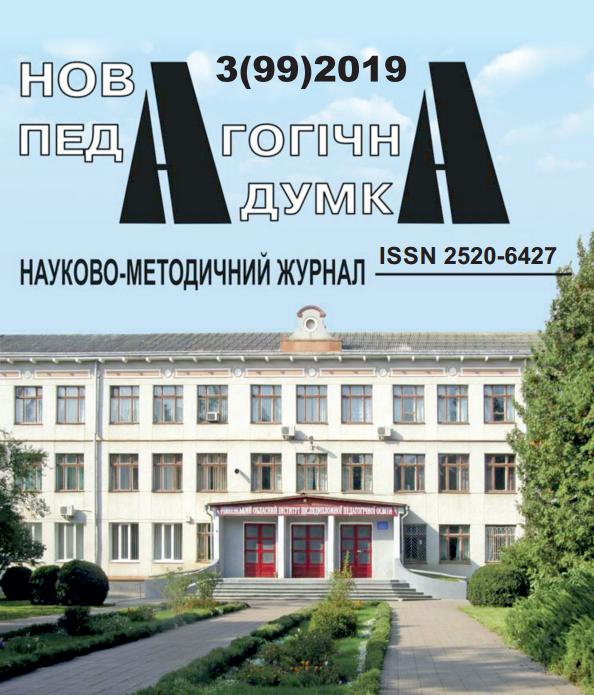V. SUKHOMLINSKY AND R. STEINER: A COMPARATIVE ANALYSIS OF PEDAGOGICAL IDEAS
Abstract
Today in the conditions of reforming the national education system, studying the best pedagogical achievements of the past, research and analysis of the most important directions in the history of pedagogical thought will bring no less benefit for the development of the modern educational system than those or other innovations. Special interest are to comparative historical and pedagogical studies, in particular those devoted to the ideas of eminent teachers and educators of the past.
Celebrating the 101st anniversary of V. Sukhomlynsky birth, we again turn to the creative heritage of this prominent educator, who gives us the opportunity to understand the past of the education system and to create new practices based on its analysis, which will help to provide the necessary conditions for the development of education today.
- Sukhomlynsky has made a profound contribution not only to the national but also to the world pedagogical science and practice. In less than 52 years of his life he has written and published 48 books, 500 scientific articles, more than 1500 stories and fairy tales for children. His works have been published in 53 languages of the world with a total circulation of more than 15 million copies. The works of the teacher are still being actively studied, and ideas are being put into practice in education and upbringing. V. Sukhomlynsky continued the best humanistic traditions in pedagogy of J. Komensky, L. Tolstoy, R. Steiner, and J. Korchak.
The article presents a general conceptual sketch of the main ideas and experiences of prominent teachers of V. Sukhomlynsky and R. Steiner and their comparative analysis.





